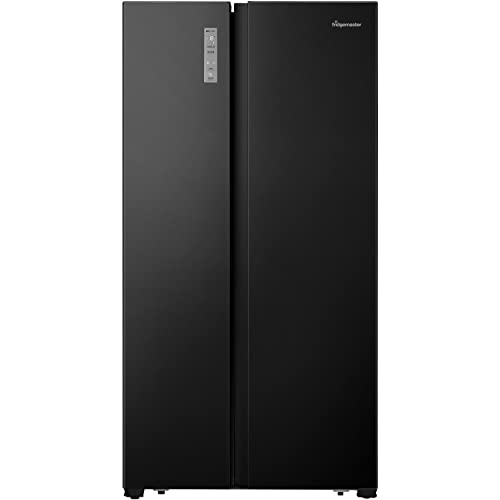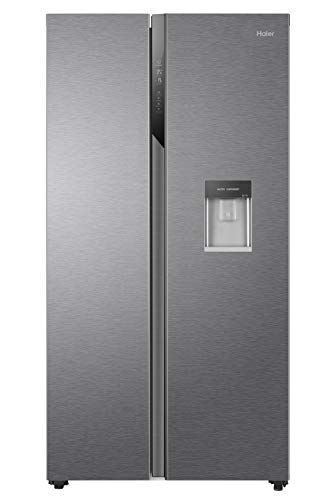
Refridgerators Uk
Add a review FollowOverview
-
Founded Date July 19, 1997
-
Sectors Easter
-
Posted Jobs 0
-
Viewed 58
Company Description
10 Meetups On Fridges You Should Attend
The Ultimate Guide to Buying a Fridge: Making Smart Choices for Your Kitchen
When it comes to essential kitchen devices, few products are as important as a refrigerator. It is the heart of the cooking area– keeping your food fresh and your components at optimal temperature levels. However, selecting the right fridge can be a challenging job, given the range of styles, sizes, and technologies available on the market. This guide will offer valuable insights into the elements to think about when purchasing a fridge, common types, and regularly asked questions to help you make a notified choice.
Key Factors to Consider When Buying a Fridge
To streamline your decision-making process, here are the core factors one should think about when looking to buy a fridge:
1. Size
- Kitchen Space: Measure the space in your kitchen where the fridge Freezers Uk sale will be placed. This includes inspecting doorways to ensure the fridge can be delivered without problem.
- Capability: Consider just how much food you typically keep. A larger family may require a fridge with a capability of 20-26 cubic feet, while smaller families might discover 10-18 cubic feet enough.
2. Style
- Leading Freezer Refrigerators: A conventional option that features a freezer on top. They are usually more inexpensive and energy-efficient.
- Bottom Freezer Refrigerators: Offers convenience by putting the refrigerator section at eye level. Suitable for those who access fresh food regularly.
- Side-by-Side Refrigerators: Provides simple access to both freezer and fresh food sections. Great for narrow cooking areas.
- French Door Refrigerators: Combines the benefits of bottom freezers with side-by-side designs. They frequently come with extra features such as ice and water dispensers.
- Compact Refrigerators: Perfect for small areas like dormitory or offices.
3. Energy Efficiency
- Look for energy-efficient models to save on electricity bills. Check the Energy Star label, which suggests that the device meets or exceeds energy efficiency requirements.
- Think about the typical annual energy intake reported in kilowatt-hours (kWh).
4. Features
- Ice and Water Dispenser: Convenient for instantaneous access to ice and filtered water.
- Smart Technology: Some fridges come geared up with Wi-Fi connection that permits you to keep track of and change settings from your mobile phone.
- Adjustable Shelves and Bins: For personalized storage to accommodate tall products.
- Temperature Level Control Zones: Different areas may have various environment controls for ideal storage of various foods.
5. Rate
- Set a budget plan. Fridge rates can vary from a couple of hundred to a number of thousand dollars depending on design, size, and features.
- Think about extra costs such as extended warranties, delivery, and setup.
Relative Table of Popular Fridge Styles
| Fridge Style | Average Price Range | Pros | Cons |
|---|---|---|---|
| Top Freezer | ₤ 400 – ₤ 1,200 | Budget friendly, energy-efficient | Limited functions |
| Bottom Freezer | ₤ 900 – ₤ 2,500 | Easy access to fresh food | Can be costly |
| Side-by-Side | ₤ 600 – ₤ 3,000 | Great company, simple access | Freezer area can be limited |
| French Door | ₤ 1,200 – ₤ 4,000 | Roomy, elegant, often feature-rich | Higher price point |
| Compact | ₤ 150 – ₤ 600 | Space-saving, portable | Restricted storage capability |
Frequently Asked Questions (FAQs)
1. For how long do refrigerators usually last?
Typically, a well-kept refrigerator can last around 10 to 20 years. Regular upkeep, such as cleaning the coils and checking door seals, can lengthen its life expectancy.

2. How can I maintain my fridge effectively?
- Keep the coils clean to help keep energy performance.
- Make sure that the door seals are tight to prevent cold air from getting away.
- Routinely defrost (if appropriate) and clean the interior to prevent build-up of germs and odors.
3. Do I need to spend for delivery and installation?
The majority of retailers charge for shipment and installation, but this cost can in some cases be waived throughout promos. Always verify the charges before completing your purchase.

4. What should I do if my fridge is not cooling correctly?
Start by inspecting the temperature level settings and ensure the vents are clear of any obstructions. If the problem persists, it might be needed to speak with a professional repair service.
5. How can I determine the size of the fridge I require?
As a general guideline, allow for about 4 to 6 cubic feet of area per person in your home. Nevertheless, this can vary based on individual cooking and storage routines.
Purchasing a refrigerator may seem basic, but it needs careful consideration of different factors. By examining your requirements and preferences in regards to size, design, functions, and energy effectiveness, you’re better placed to pick a fridge that will serve your home well for several years to come. This guide aims to simplify the intricacies associated with fridge shopping, empowering you to make a notified decision that will improve your kitchen experience. Whether you’re updating or acquiring your first system, a little research can result in a refrigerator that perfectly fits your way of life and culinary practices.
